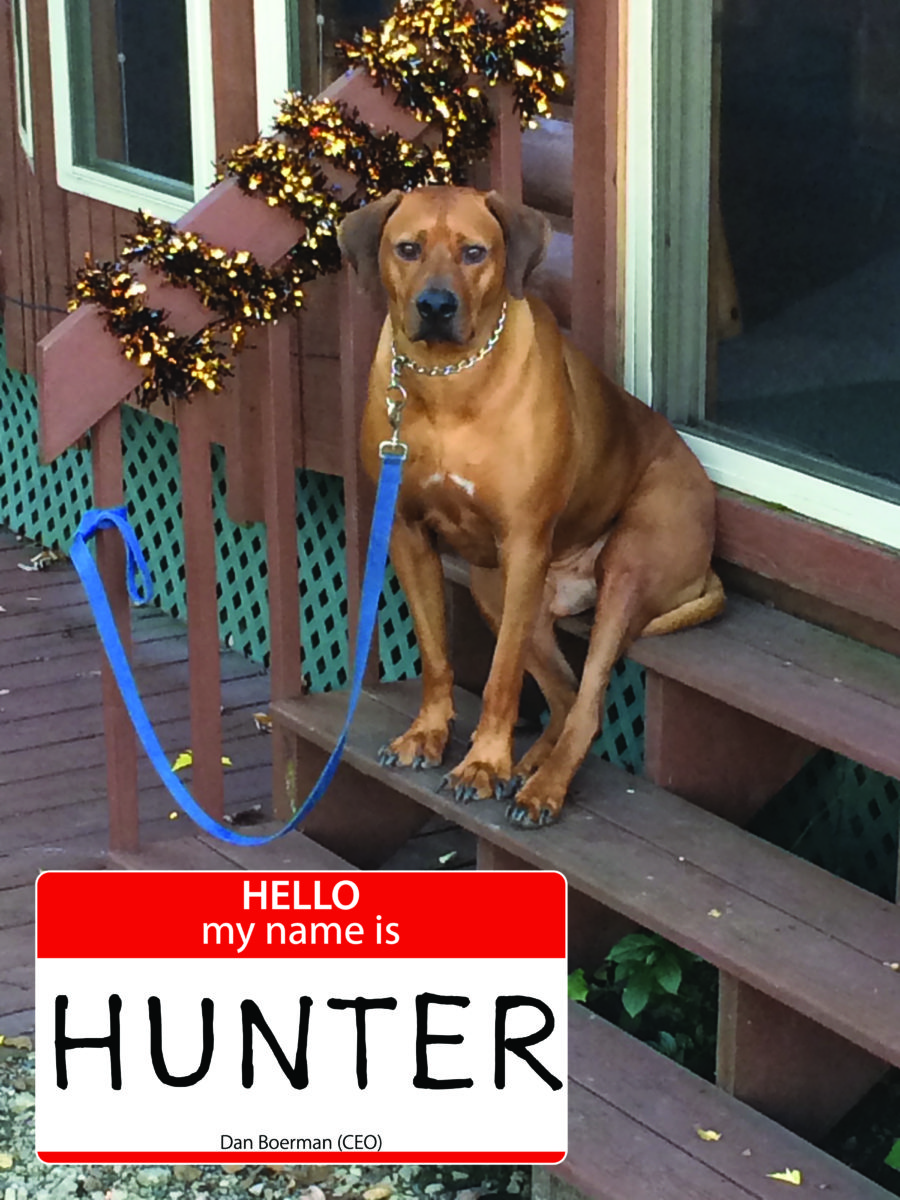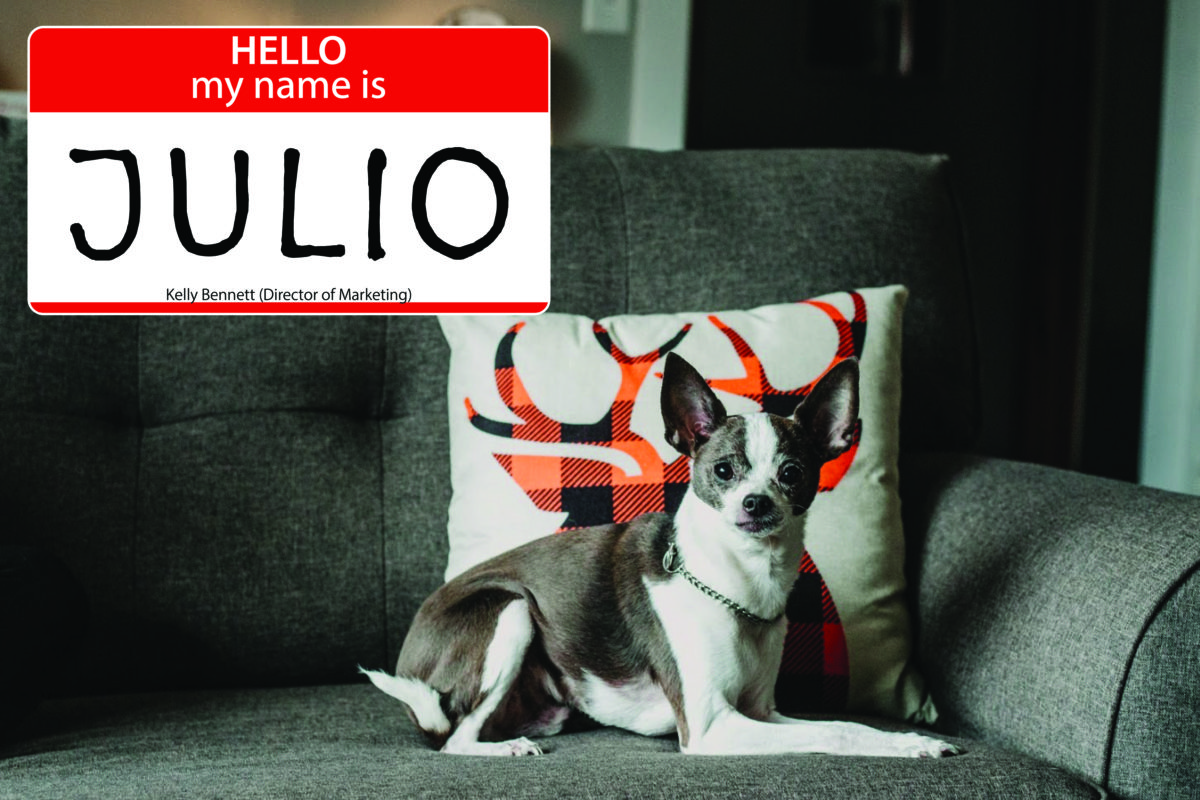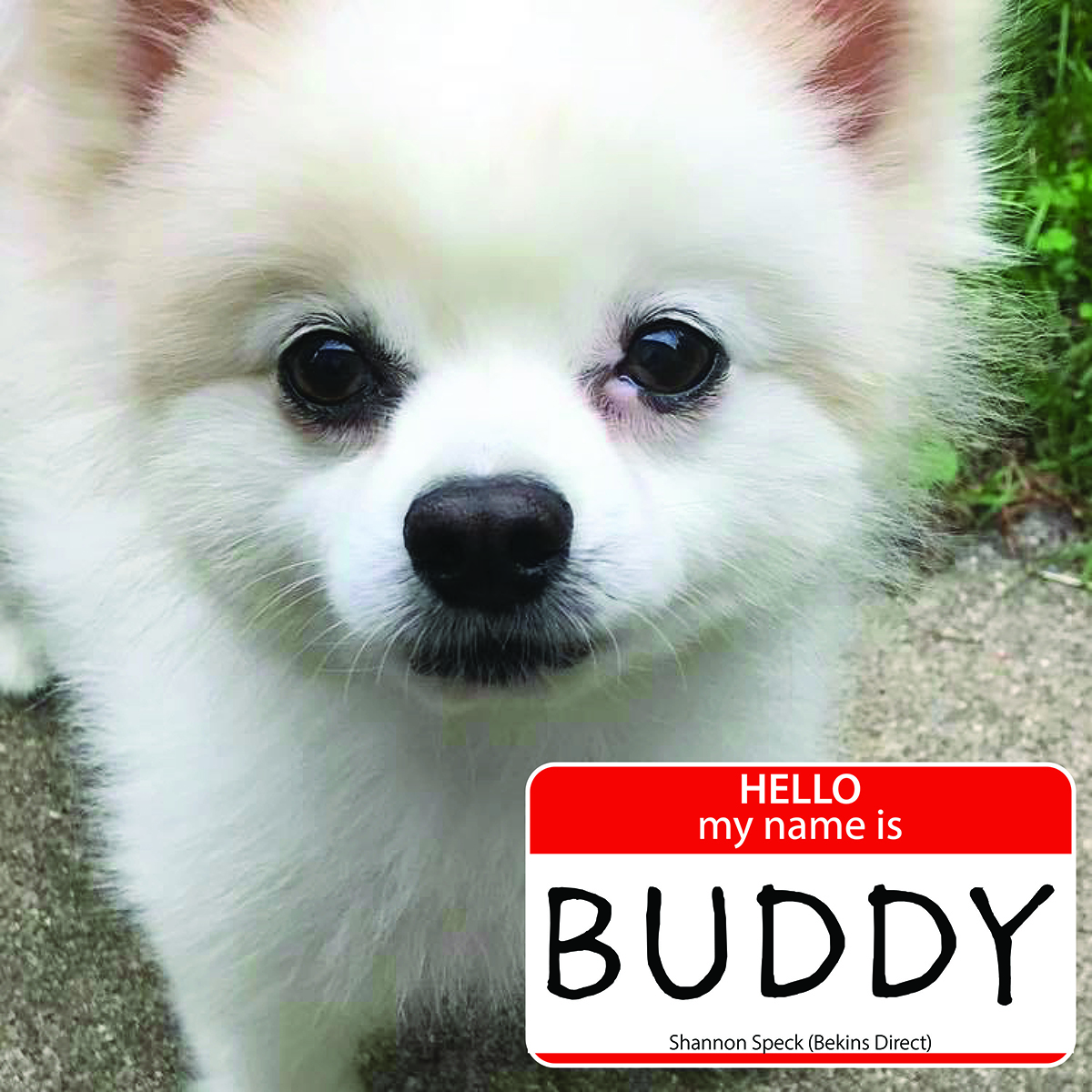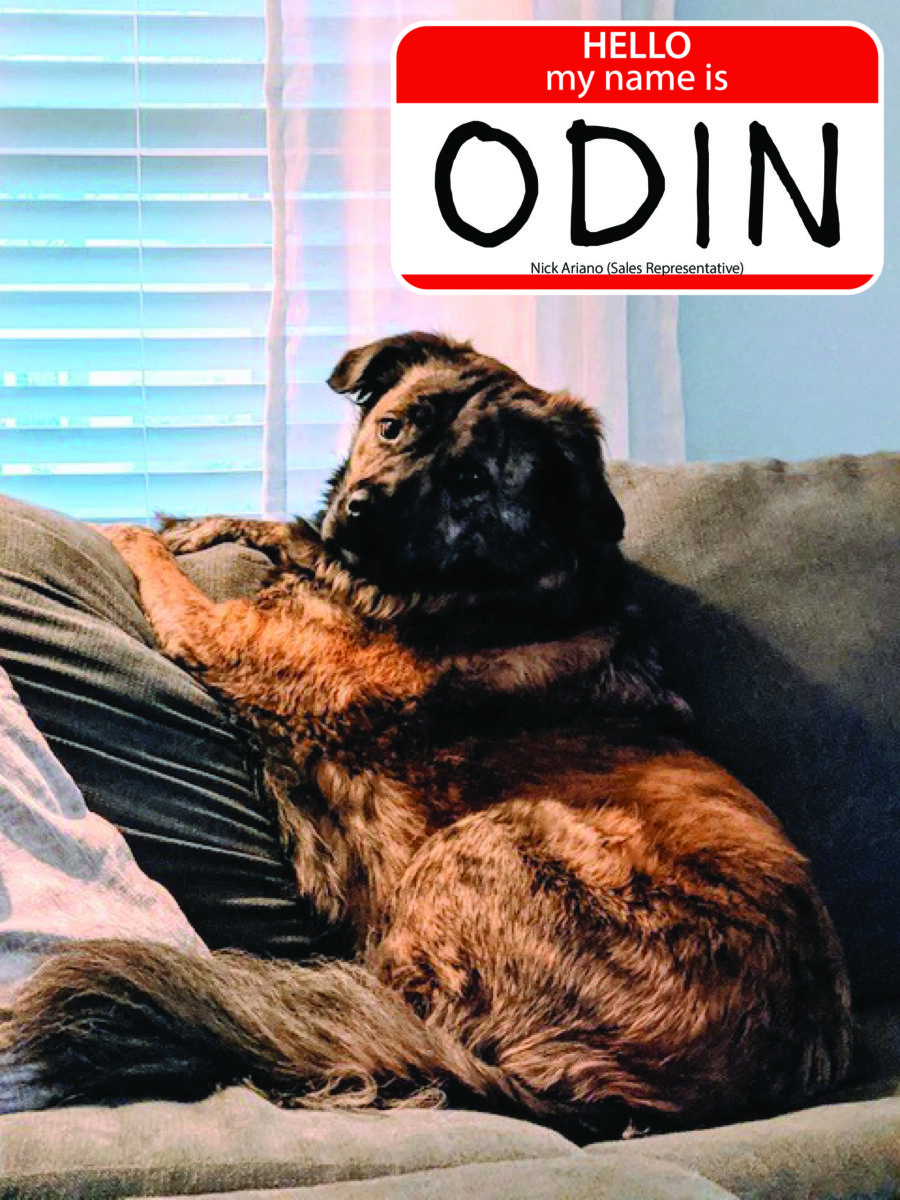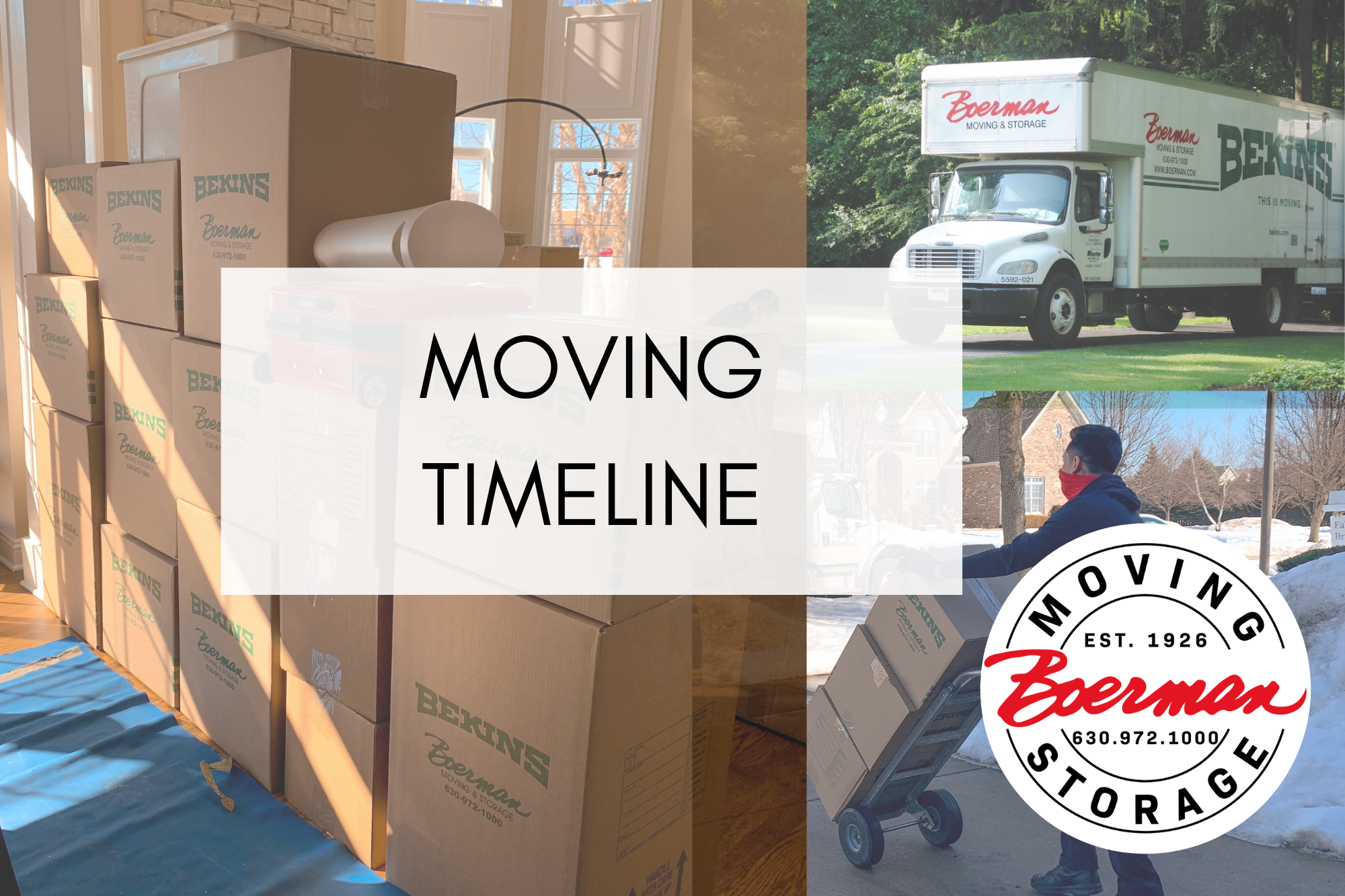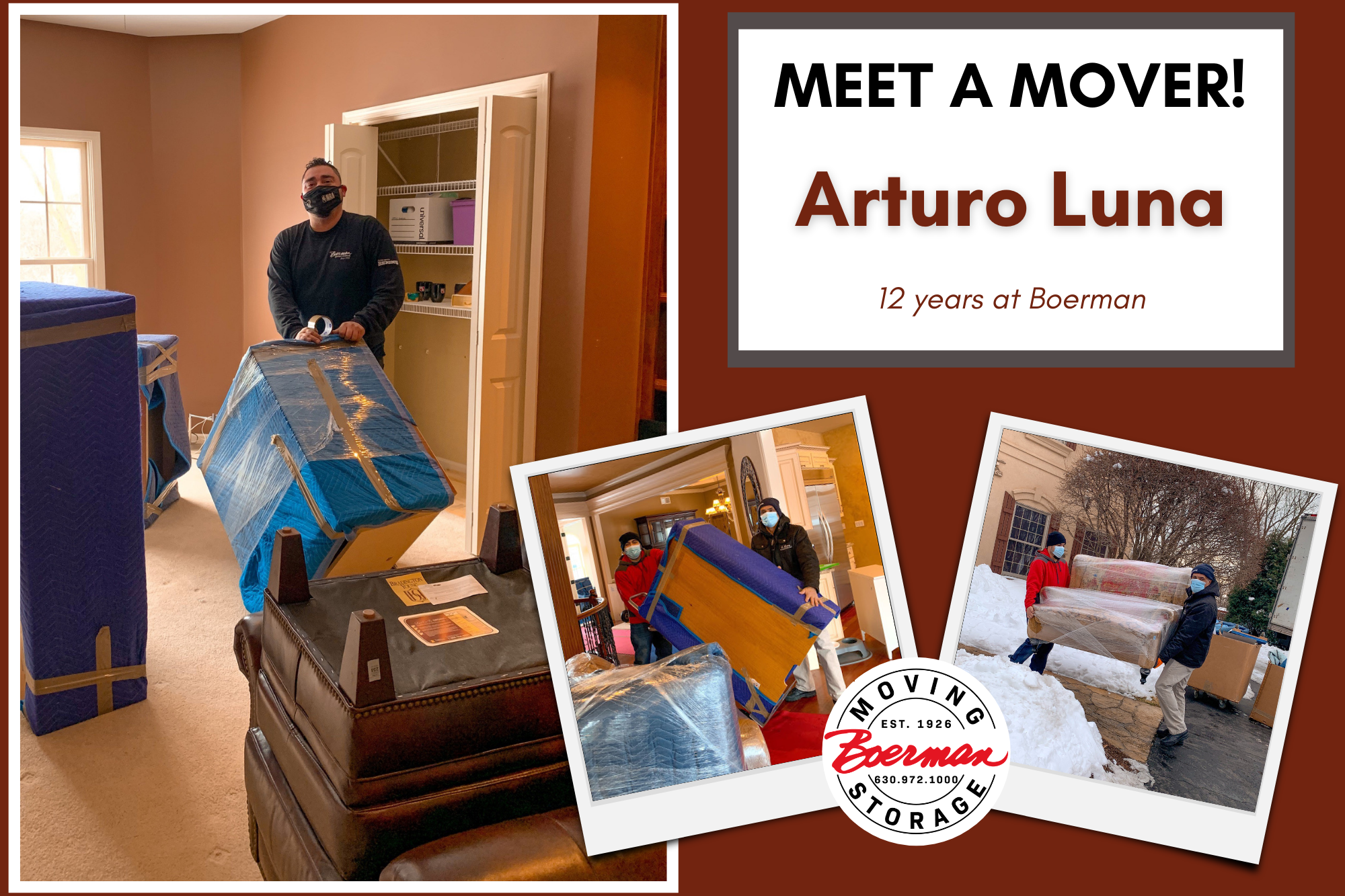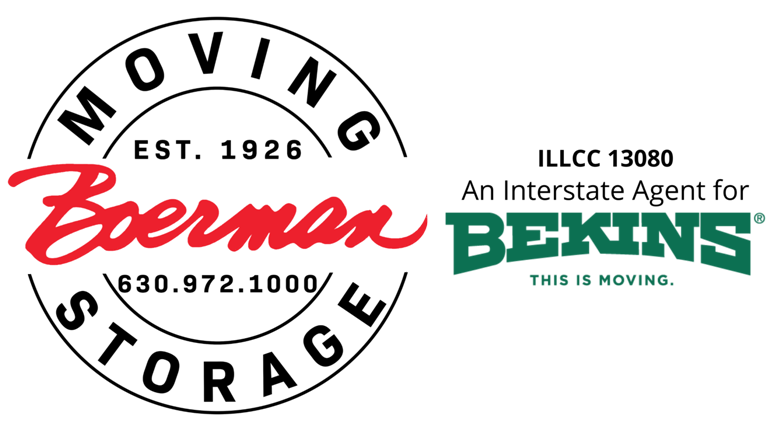“I can’t speak for all dogs… but I don’t like all these strange humans in my house trying to scratch my head. I don’t know them. Everyone is walking around so fast. I don’t like it. I keep pacing back and forth behind this gate. There really is not much room for me to roam. My big, bushy tail keeps hitting the wall when I pace. I feel so crammed. Occasionally I let out a little yelp, but Master must not hear me. Where is he anyways? Maybe I will bark louder. The sun has been up for a while now and I haven’t even had my breakfast or my treat, or my belly scratch! Come to think of it… where is my bowl? Where is my fuzzy green ball?”
Have you ever wondered what kind of an impact moving has on your dog? If you think about moving from your dog’s point of view, it’s easy to understand that your four-legged best friend is most likely feeling a bit stressed. Their territory as they know it is being dismantled and this may cause our pets to feel anxious. The good news is; however, we can help alleviate the anxiety our pets feel by maintaining certain routines and comfort zones.
- Maintain feeding routines. Try to keep mealtimes the same, but if your pet tends to be sick from car rides or excitement, limit food.
- Attention and exercise. Whenever possible take your pet outside for some catch and belly rubs. Nothing stresses out a dog more than suddenly being overlooked.
- Set up a safe place. On the day of the move provide an empty room with your dog’s bed and a few favorite toys. Use a gate to keep him contained or close the door for extra privacy. Place a note on the door stating there is a pet in the room for the movers; moving day will become more stressful if your pet runs out. For extra security make sure your pet has proper identification in the form of a microchip, collar and tag.
Once the move is final, try and set up a routine as soon as possible. Our pets are creatures of habit and they rely on us to establish that routine.
- “Back to Basics”. For the first few weeks you may need to crate your dog while you are out to reduce accidents or avoid bad behaviors such as chewing. Take your pet our regularly and reward him with a treat for good behavior, or belly scratches.
- Routines. In order to help your dog become comfortable sooner, reestablish the routine you had before the move with their belongings. It may be tempting to purchase new toys, a bed or food bowl, but our pets want what is theirs with their scent and smells.
- Relax and patience. Avoid stressors if possible and give your pet time to acclimate. If your “fur-ever” pal hates having his nails clipped or needs to visit the vet, don’t do this immediately following the move. Avoid any possible stressors while they recreate their new home.
Most pets settle into their new homes without issues within a few weeks but watch carefully for issues such as lack of appetite, potty accidents and behavioral changes. If your gut tells you something is not right call your vet. Better to be safe than sorry.


